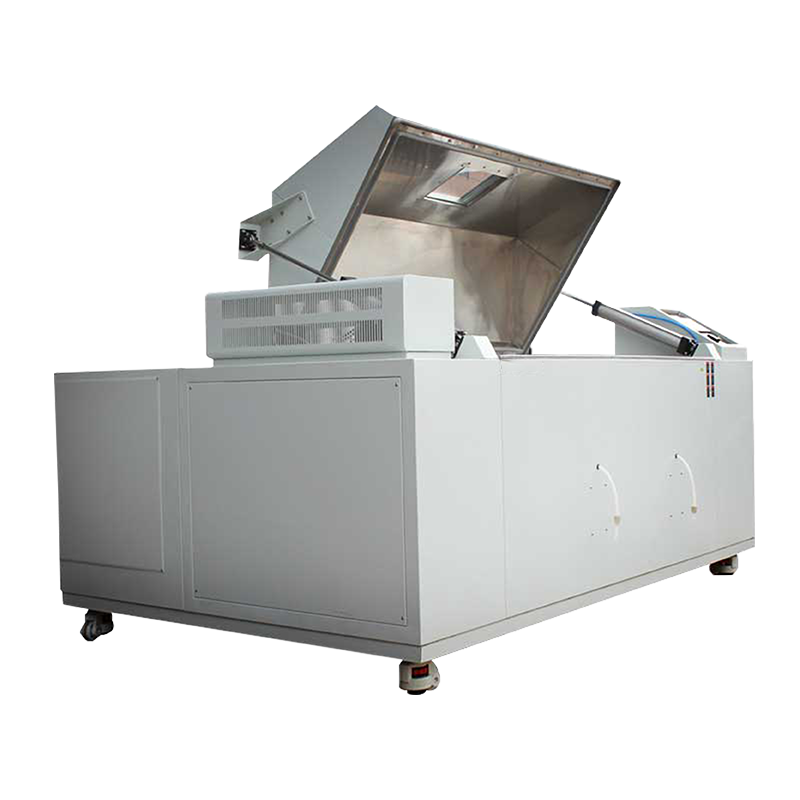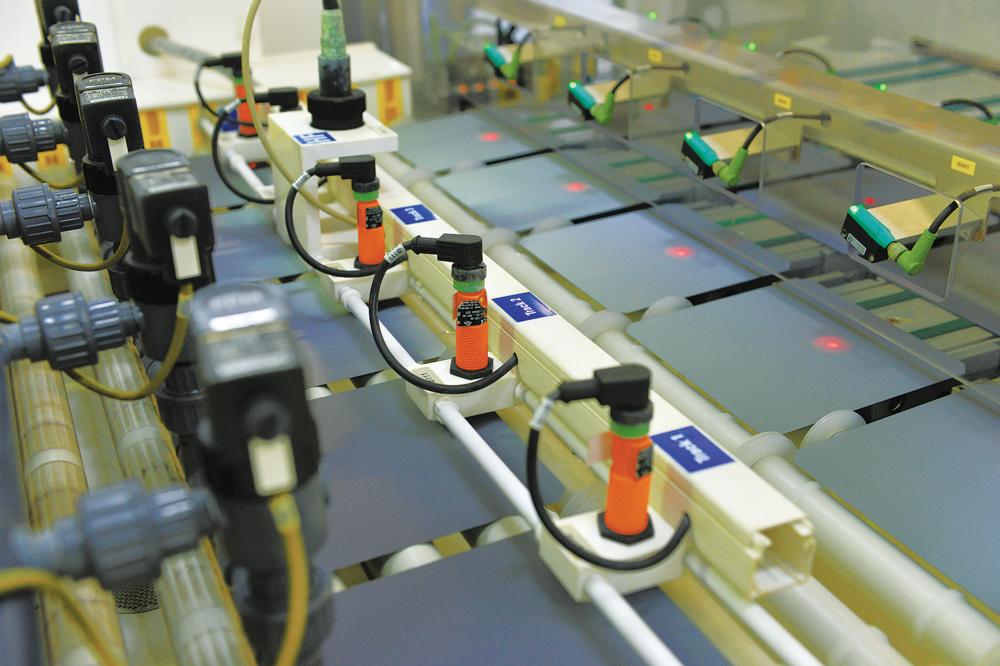The salt spray test chamber is primarily used to create an artificially simulated salt spray environment for evaluating the corrosion resistance of metals and their alloys, metal coatings, organic coatings, anodic oxide films, and conversion coatings. It helps detect discontinuities such as pores or other defects. The device offers three test methods, each suitable for specific materials. Below, we introduce these methods and their primary applications:
1. Neutral Salt Spray Test (NSS Test)
Applicable Materials:
- Metals and their alloys
- Metal coatings (anodic or cathodic)
- Conversion coatings
- Anodic oxide films and organic coatings on metal substrates
2. Acetic Acid Salt Spray Test (AASS Test)
Applicable Materials:
- Decorative coatings (e.g., copper + nickel + chromium or nickel + chromium)
- Anodized aluminum films

3. Copper-Accelerated Acetic Acid Salt Spray Test (CASS Test)
Applicable Materials:
- Decorative coatings (e.g., copper + nickel + chromium or nickel + chromium)
- Anodized aluminum films
(Note: This method is similar to the AASS test but accelerates corrosion using copper chloride.)
Additional Information
The salt spray test chamber is one of the key "three-proof" (humidity, salt spray, and mold resistance) test equipment in artificial climate environments. It is widely used in industries such as electronics, electrical engineering, automotive, motorcycles, hardware tools, and metal products to assess the corrosion resistance of coatings and plated components.














